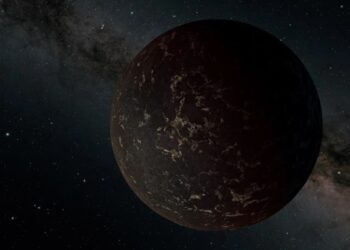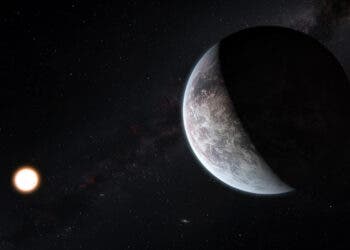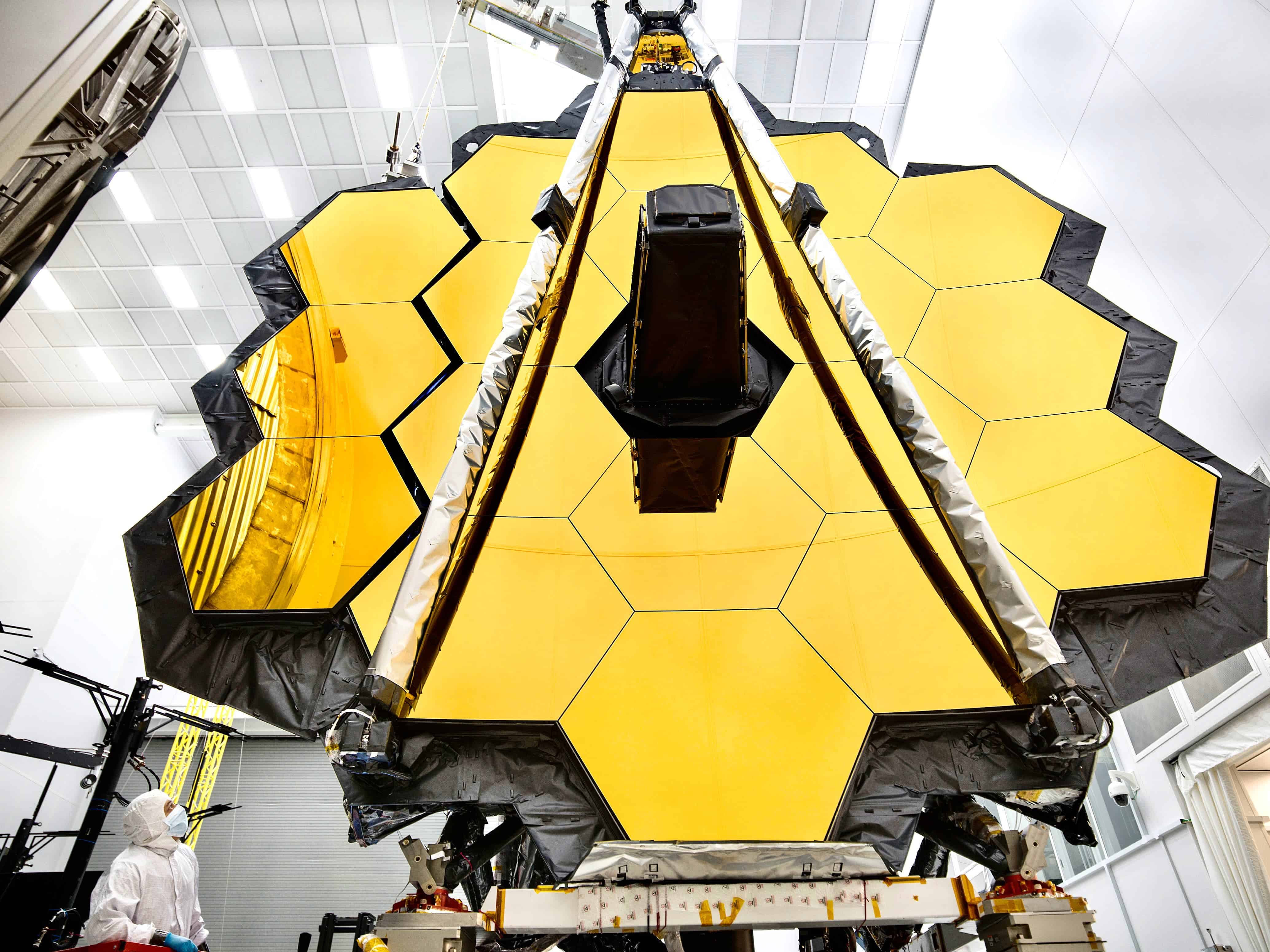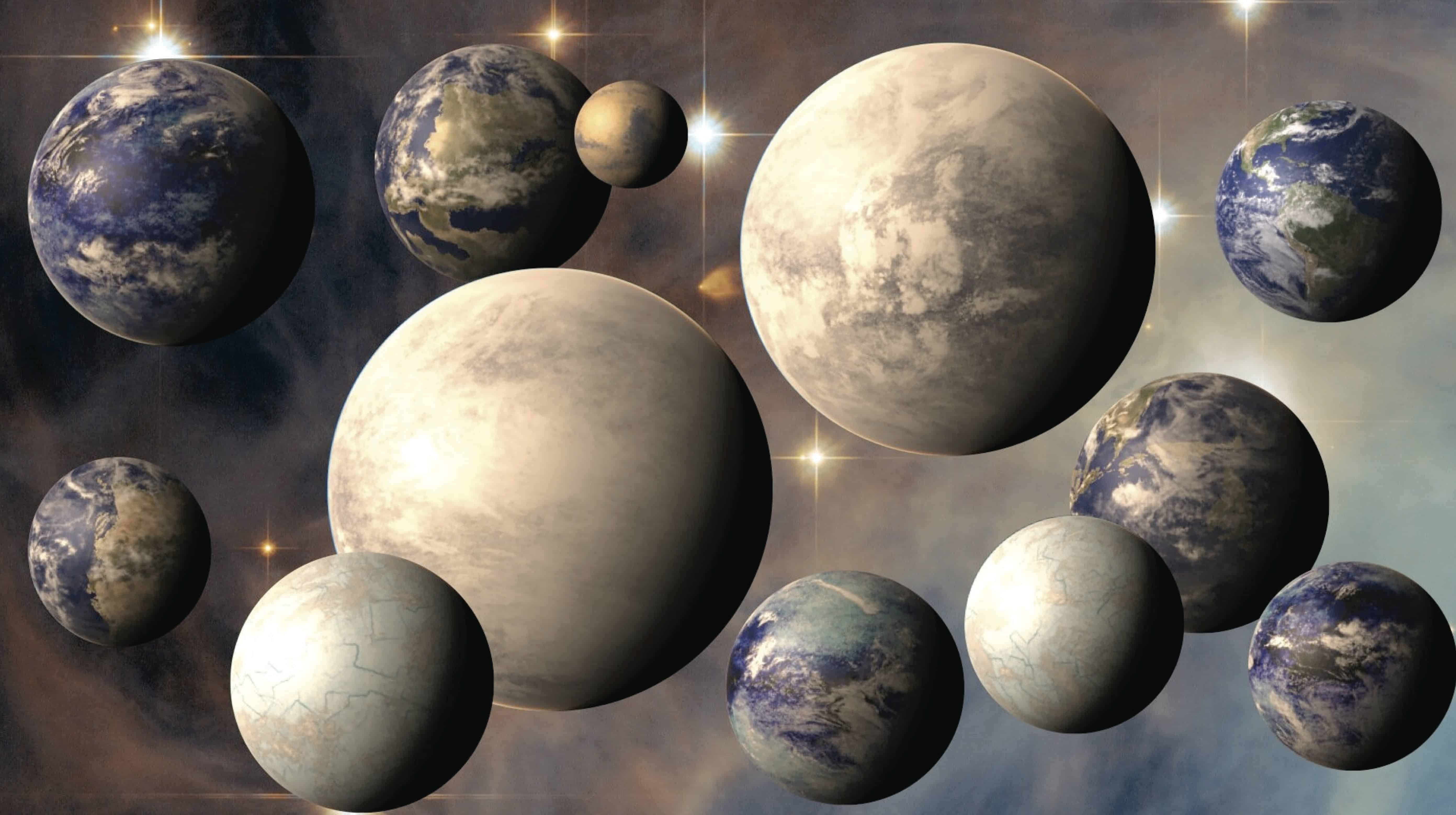As our search for alien planets improves and intensifies, astronomers are starting to pay more and more attention to one crucial aspect of alien planets: whether they fit into the ‘habitable zone‘ – the so-called Goldilocks area in which a planet is not too close and not too far from its star – just perfectly placed to support liquid life, which is the basis of life as we know it.
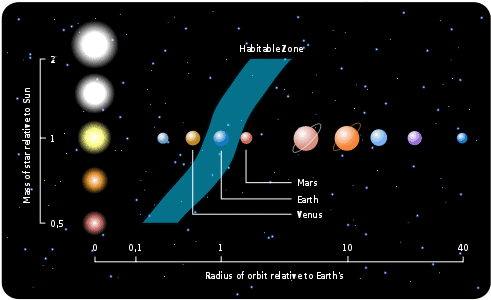
Of course non-carbon based life could exist in a solvent different to water, but so far, astronomers are focusing on whatever signals they can detect. Now, they have redefined the borders for this area, potentially kicking out some exoplanaets that were thought to fall within it, but on the other hand, maybe adding some new ones.
“This will have a significant impact on the number of exoplanets that are within habitable zone,” said research team leader Ravi Kumar Kopparapu of Penn State University.
The new definition of the habitable zone takes into consideration updated atmospheric databases – HITRAN (high-resolution transmission molecular absorption) and HITEMP (high-temperature spectroscopic absorption parameters), which give the absorbtion parameters of both water and carbon dioxide, two properties important for the planets’ atmosphere, significantly influencing their capability to host water.
However, scientists warn, this still doesn’t take into consideration feedback effects from clouds, which will also affect a planet’s habitability. Also, there is a difference between what habitable means from an astronomic point of view, and from a geologic point of view.
The previous definition of the habitable zone was derived about 20 years ago by Penn State researcher James Kasting, who also worked to conduct these updates.
“At the time when he wrote that paper no exoplanets were discovered,” Kopparapu explained. “In 20 years, hundreds, maybe thousands have been discovered.” – which makes his initial work all the more admirable, but it also means changes are necessary.
The new changes aren’t dramatic; considering an Astronomical Unit (AU) as the distance between the Earth and the Sun, the limits for the habitable zone have been changed from between 0.95 and 1.67 AU to 0.99 AU to 1.7 AU. Even so, this slight change will probably have significant consequences.
“It’s a surprise that Earth is so close to the inner edge of the habitable zone,” said astronomer Abel Méndez of the University of Puerto Rico at Arecibo, who was not part of the team behind the redefinition.
He mentioned one planet in particular, Gliese 581d, was thought to lie at the outer edge of its star’s habitable zone – with the new definition, Gliese 581d falls exactly in the middle, making it an even better candidate.
“That will be a big change for that particular planet,” Méndez said. “That means the prospects for life on the planet will be much better.”
The changes will be published in the future edition of the Astrophysical Journal.
You can browse the catalog of Habitable Planets directly here.
